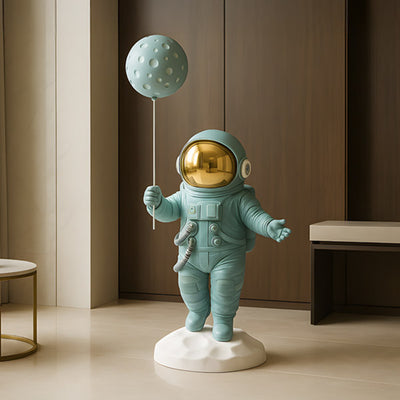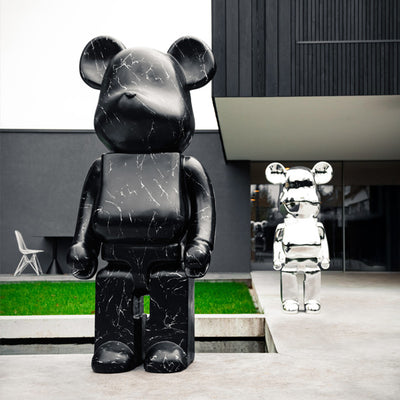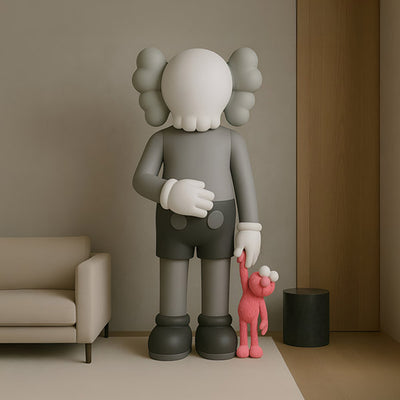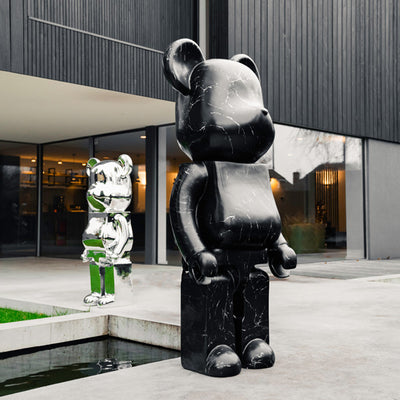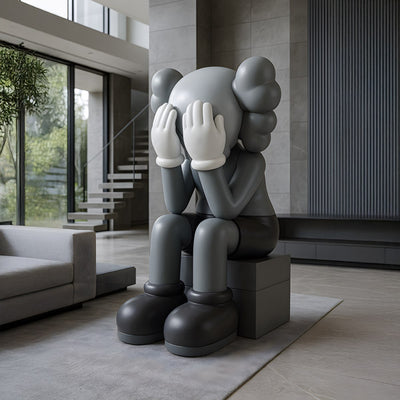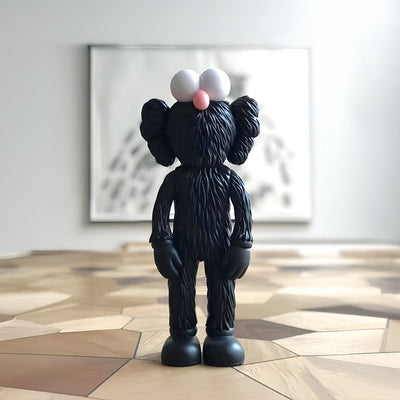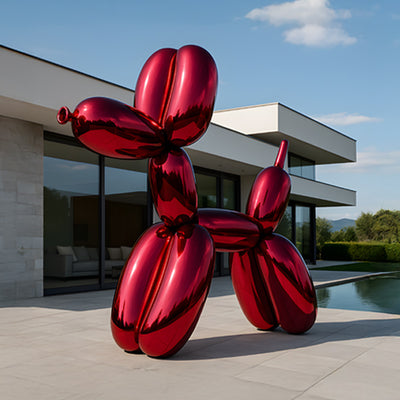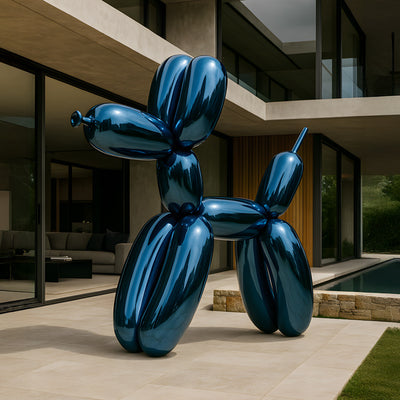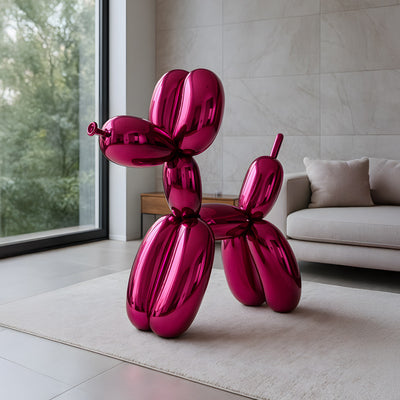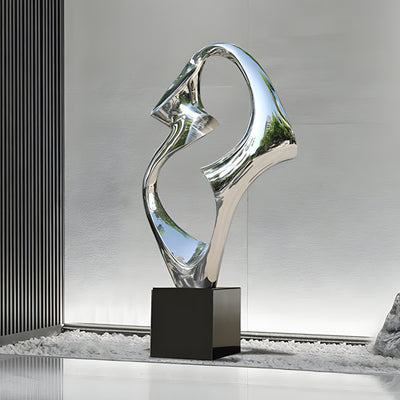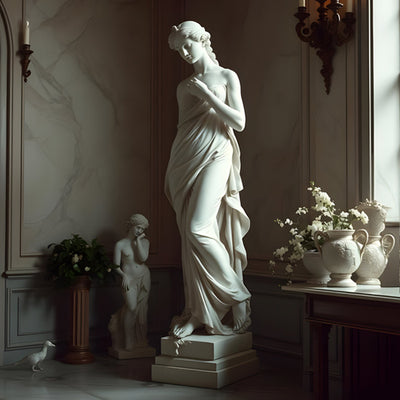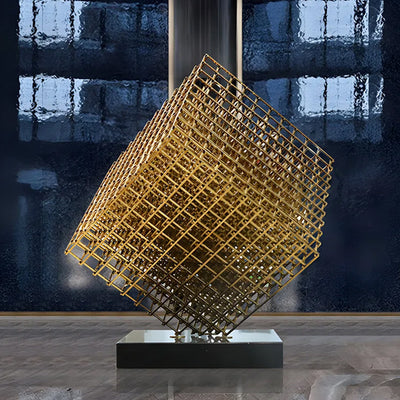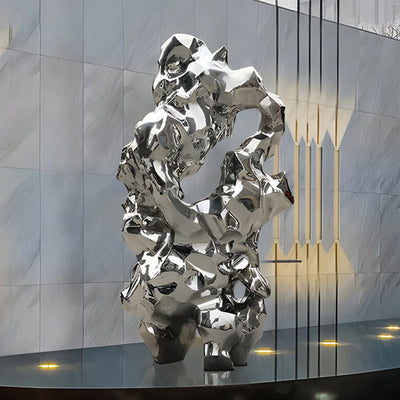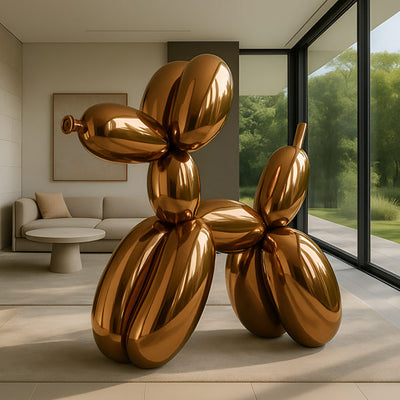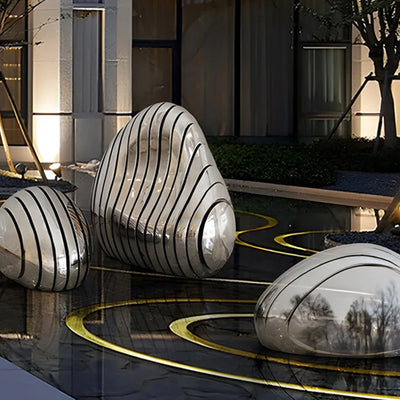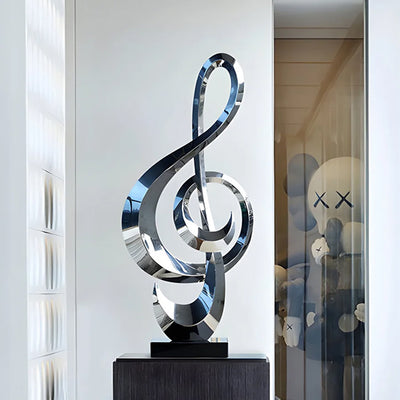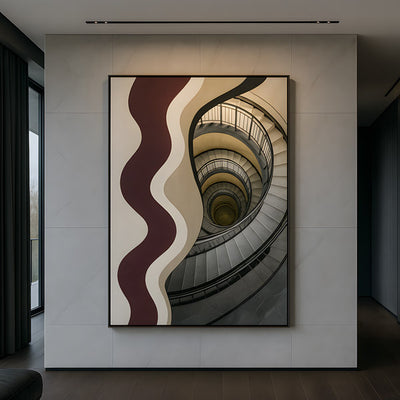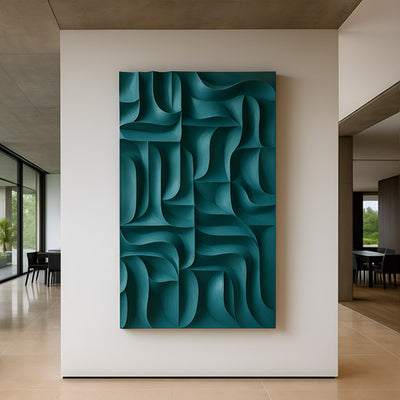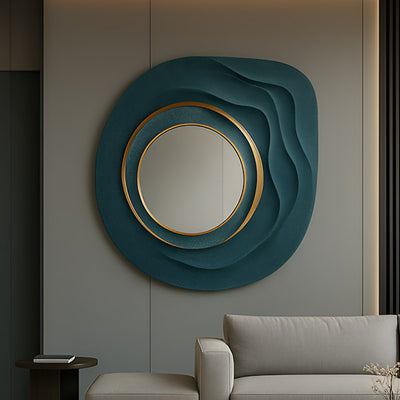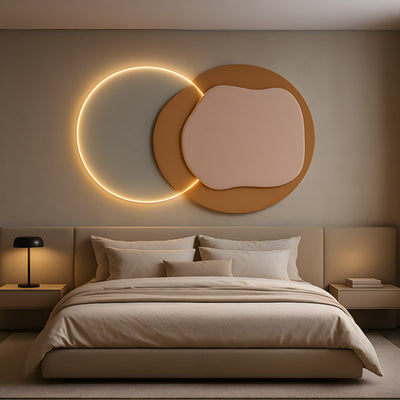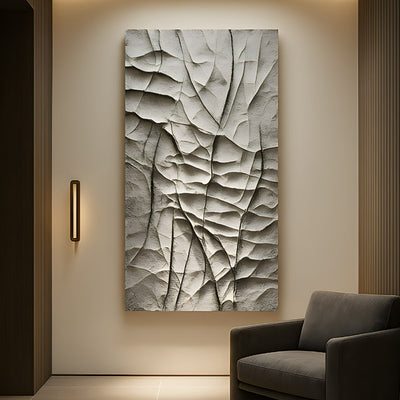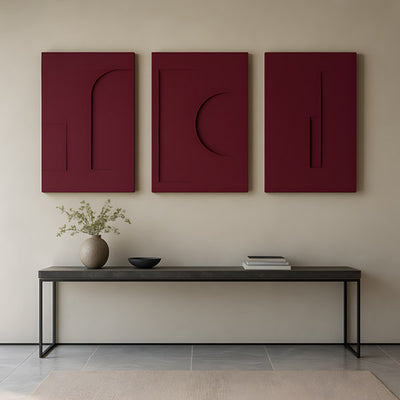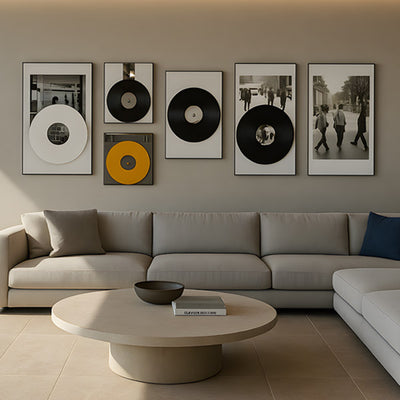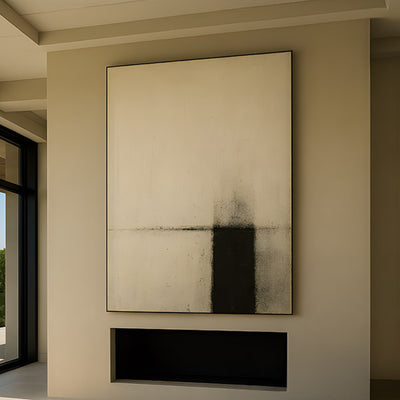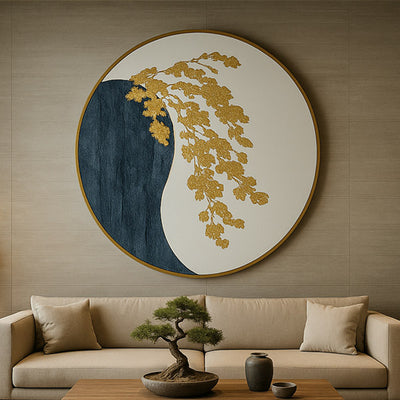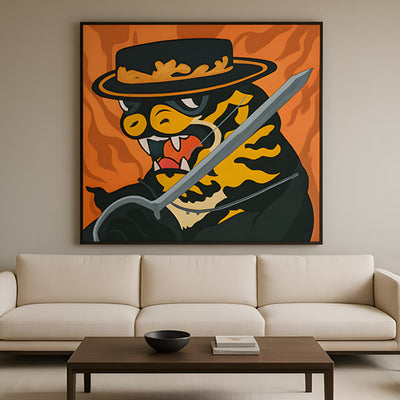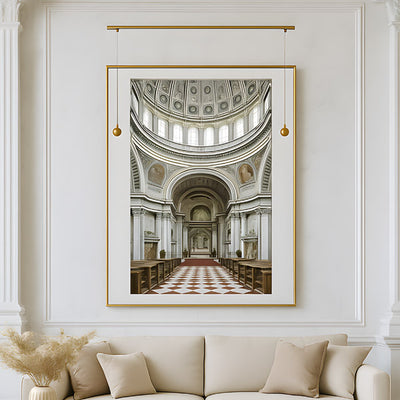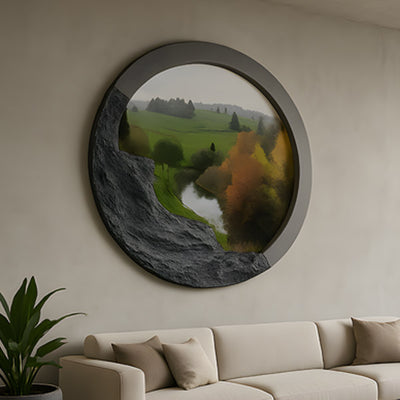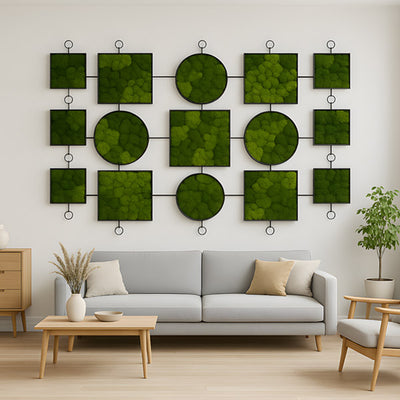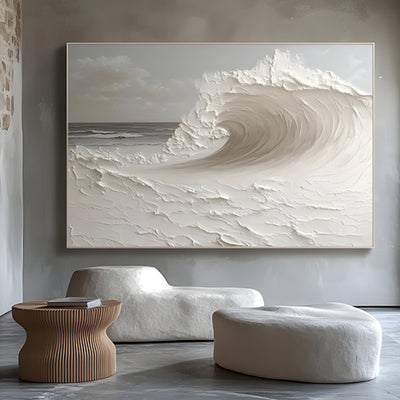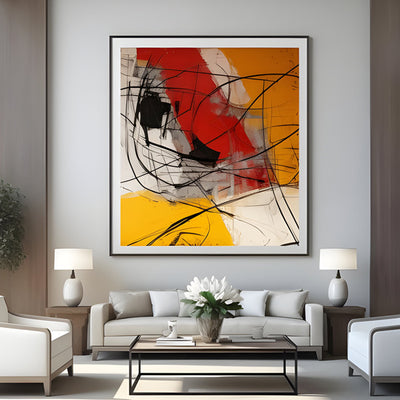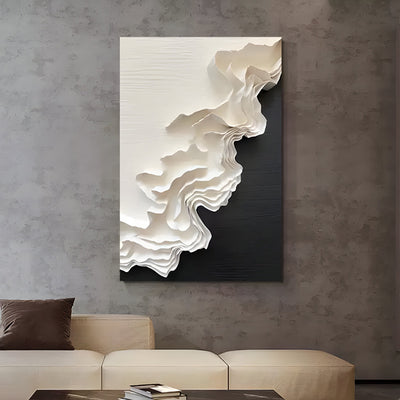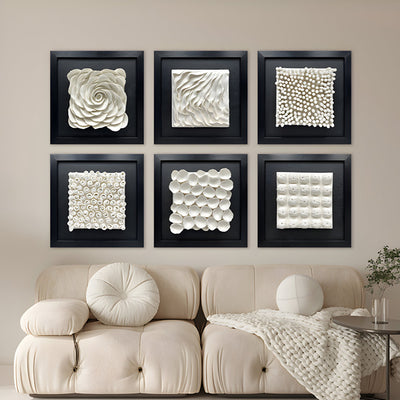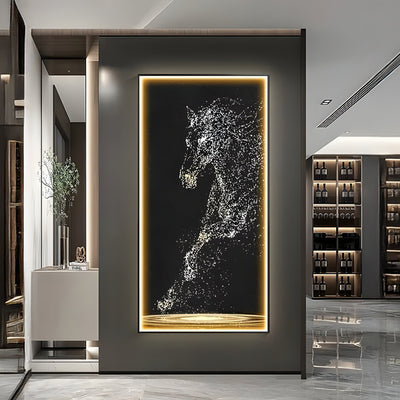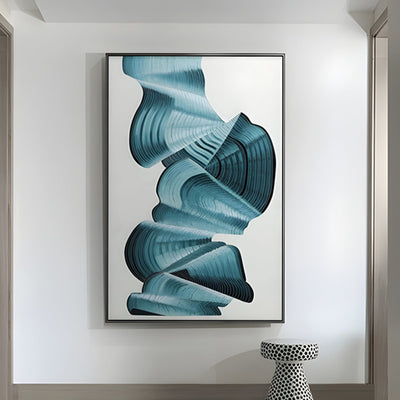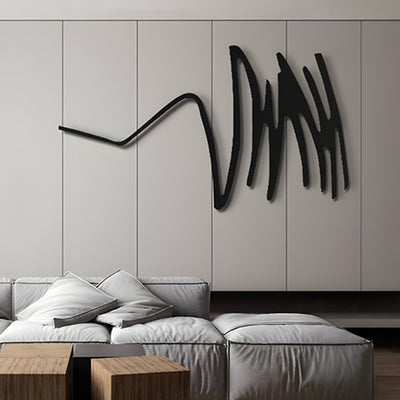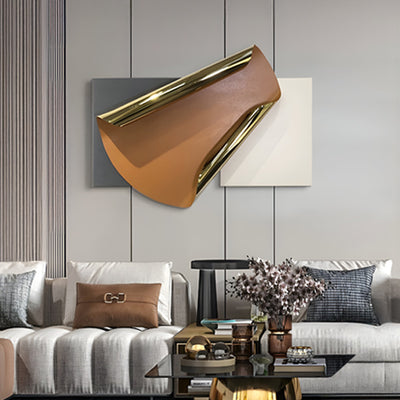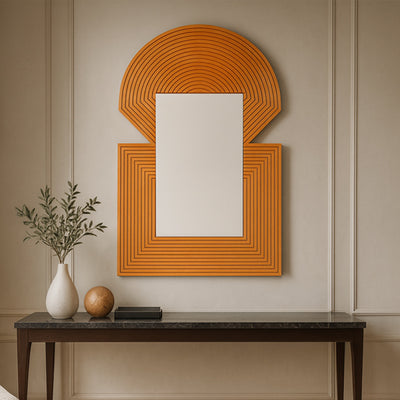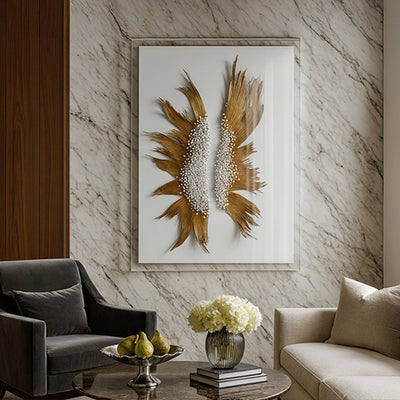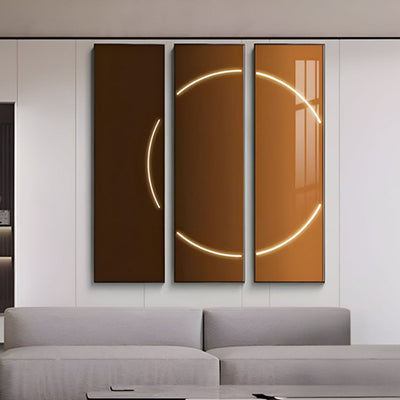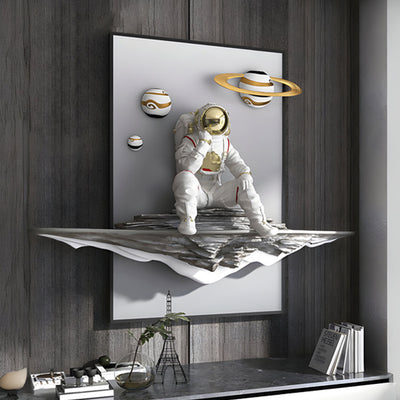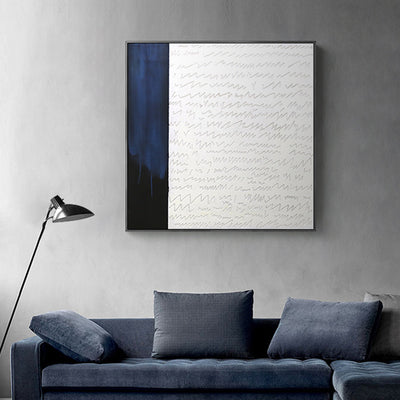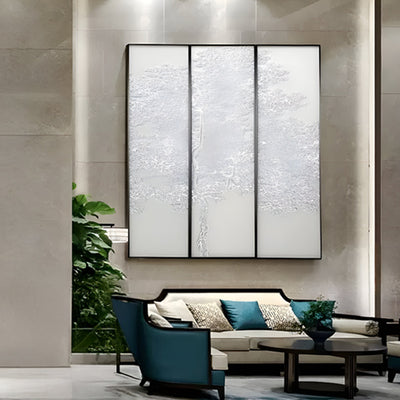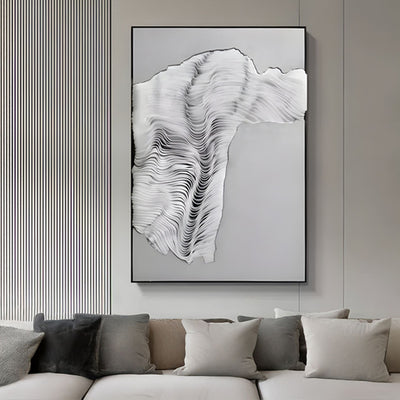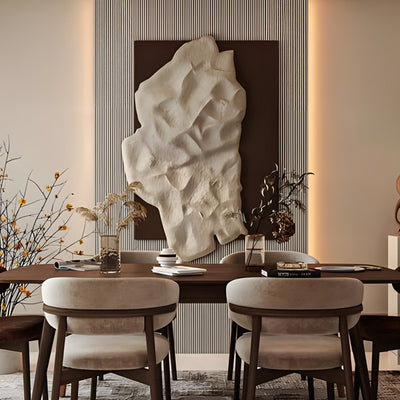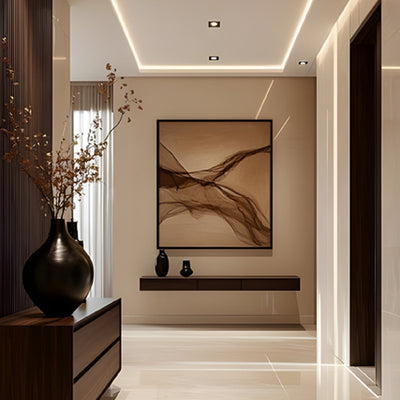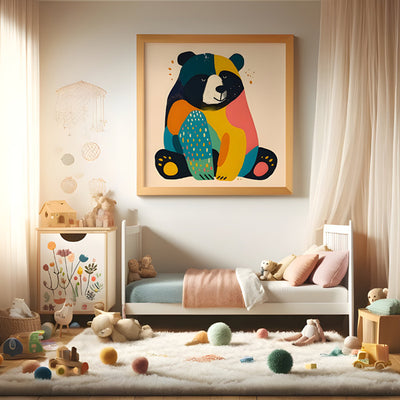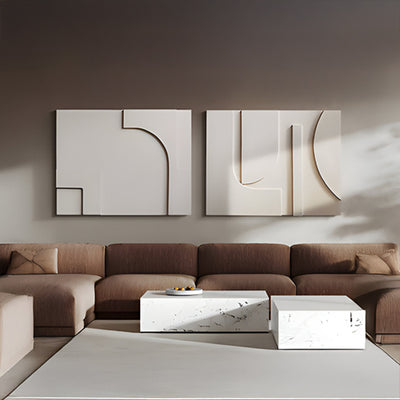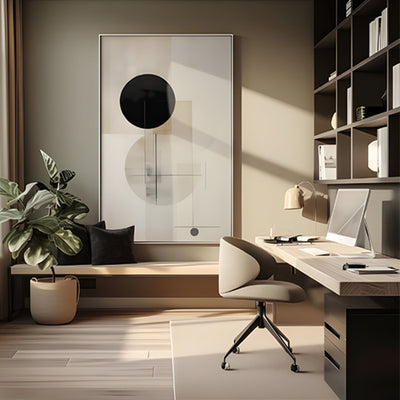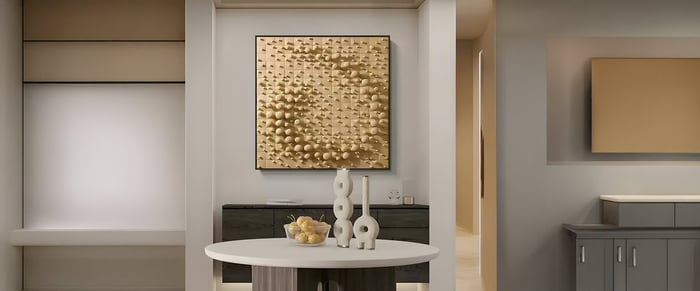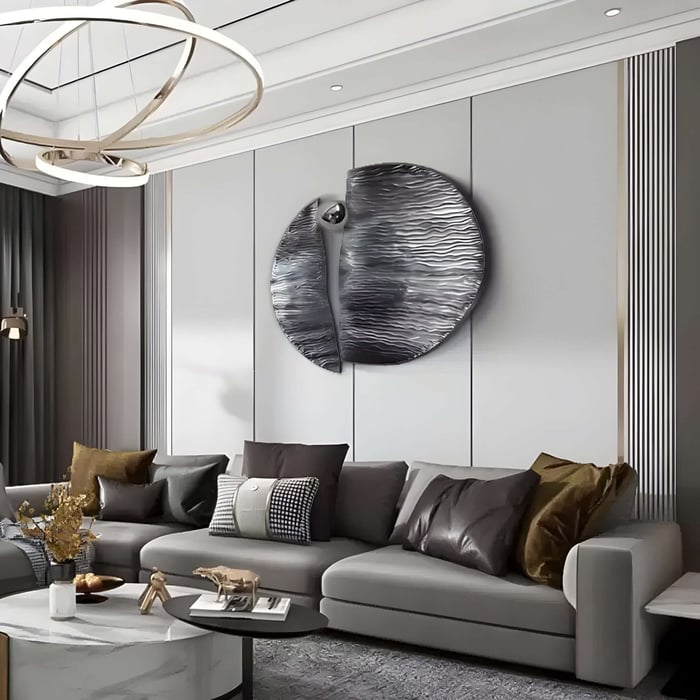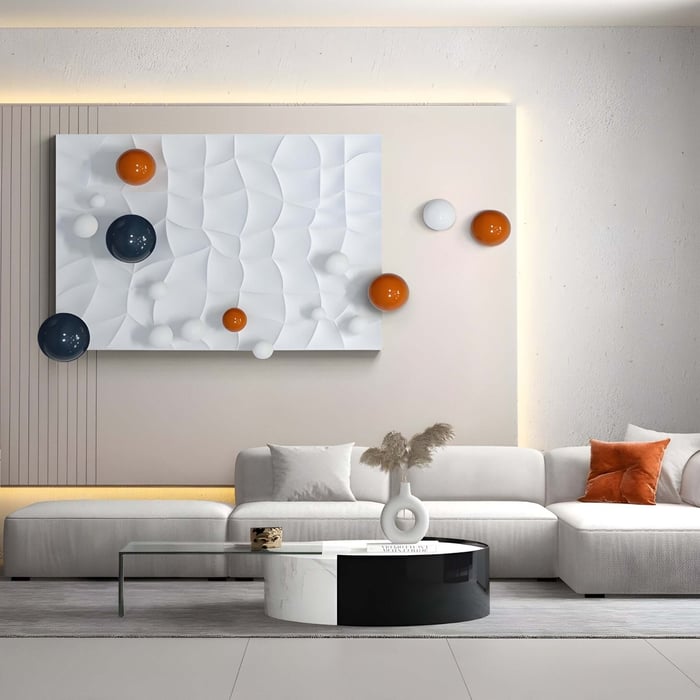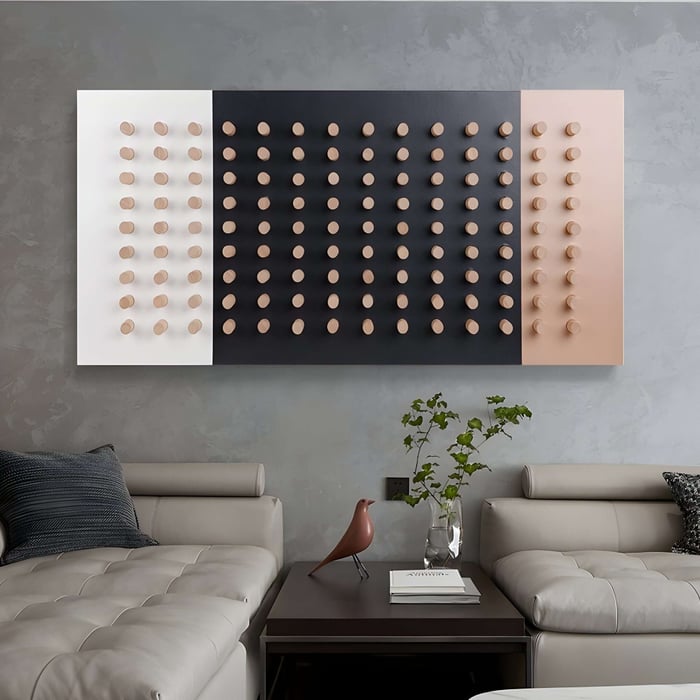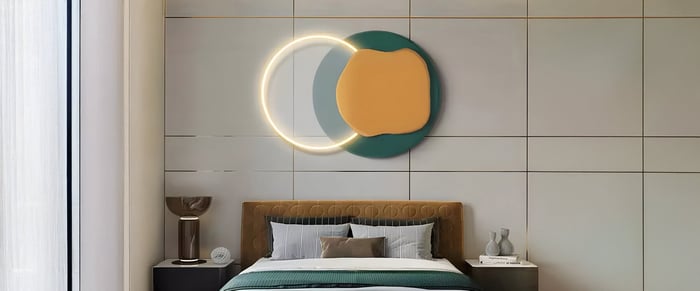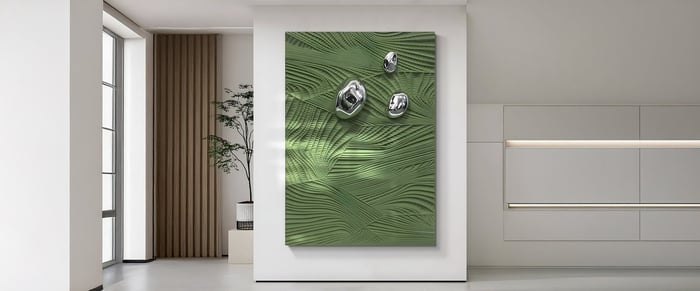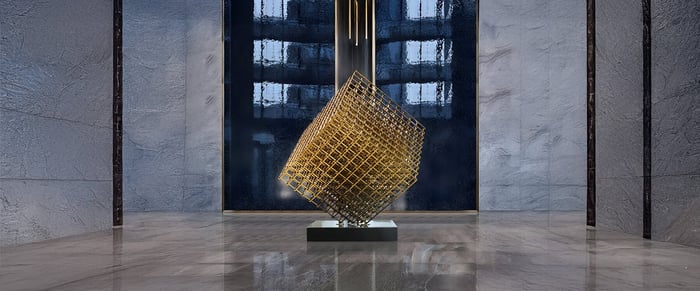Introduction
Few elements in interior design hold the enduring warmth and natural allure that wood does - especially when it comes to wall art and decorative features. Whether it’s an intricately carved sculpture hung on a statement wall or a sleek, modern installation placed above a mantel, wood brings a sense of organic elegance to any room. Each piece of timber carries its own unique texture, grain pattern, and hues, offering limitless potential for creative expression. From timeless carving techniques passed down through generations to innovative technologies now reshaping the field, wood art continues to captivate homeowners, designers, and collectors around the globe.
In this article, you will discover how wood art enhances interior spaces, why it appeals to so many design enthusiasts, how artists take inspiration from various styles - including Animal Art, Architecture Art, Landscape Art, Figure Art, and Flower & Plant Art - and what methods and materials they use to create their stunning masterpieces. Whether you’re looking for a show-stopping focal point for your living room or a series of subtle, nature-inspired accents throughout your home, wood art offers a timeless blend of craftsmanship and aesthetic charm.
Why Wood Art Holds Timeless Appeal
The allure of wood art in interior design lies in its harmonious blend of natural material and artistic vision. Each creation results from a dialogue between artisan and timber, celebrating centuries of craftsmanship while continually evolving to incorporate new ideas and methods. This medium’s warmth and texture instantly elevate a room’s ambiance - wood’s natural grains and hues complement most color palettes and design styles, from minimalistic Scandinavian interiors to cozy farmhouse layouts.
Landscape Art channels sweeping vistas that make a serene backdrop on a dining room wall, while Figure Art captures human expressions suitable for refined study areas or bedrooms. Flower & Plant Art brings the calming essence of botany indoors. Despite their diverse subject matter, these themes share a common thread - respect for the wood’s inherent character and the desire to highlight its natural beauty in everyday spaces.
Popular Styles and Themes in Wood Art
In today’s interiors, wooden art spans styles that are at once classic, rustic, contemporary, and everything in between. Depending on your room’s aesthetic, you can find woodwork pieces that complement or contrast in compelling ways. Below are some themes that resonate well with varied interior design preferences.
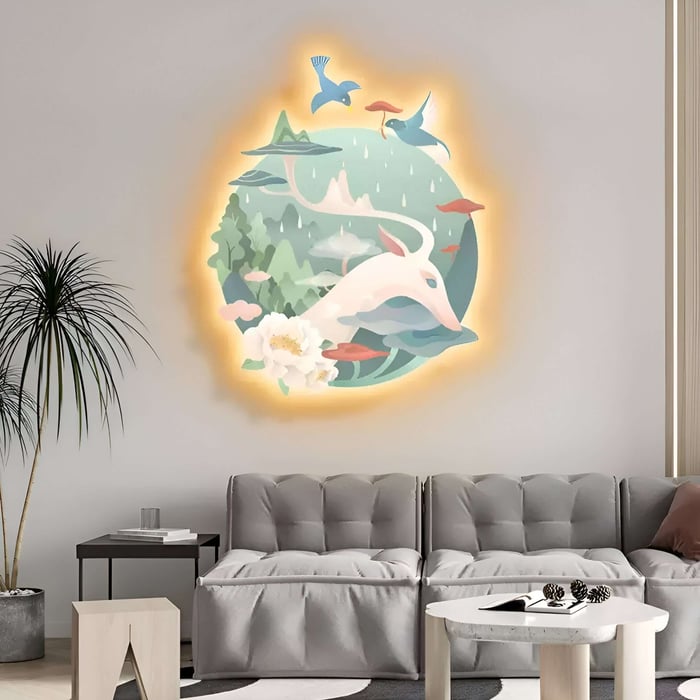
The Elegance of Animal Art in Woodwork
Woodworkers inspired by Animal Art bring the vitality of wildlife into living rooms, foyers, and bedrooms, often conveying remarkable detail - like fur texture and graceful movement - through carving. Placing a hand-carved wooden bird or a sculptural depiction of a galloping horse on a feature wall or shelf instantly injects personality. Designers might coordinate these pieces with natural materials such as stone or rattan, completing a cohesive, nature-inspired look.
Architectural Art Inspirations in Wood Art
Those who draw on Architecture Art craft pieces echoing grand cathedrals, skyscrapers, or iconic historic structures. These wall-mounted or freestanding sculptures might incorporate arches or columns that balance well with contemporary furniture, lending an unexpected architectural flair to interiors. By juxtaposing precise angles and fluid lines, these works showcase wood’s adaptability - perfect for modern lofts or sleek urban apartments.
Capturing Nature’s Beauty: Landscape Art and Floral Wood Art
Woodcarvers who favor Landscape Art or Flower & Plant Art harness wood’s organic essence to bring the serenity of nature indoors. Think panoramic vistas etched into wooden panels for a striking wall display, or delicate blossoms carved into smaller accent pieces that enliven hallways or entryways. When placed in a space with ample light, these works can seem almost alive - especially if the artist utilizes the wood’s grain patterns to convey movement or depth. Pairing such pieces with earthy textiles, greenery, and neutral colors results in a calming environment that reflects the outdoors’ restorative quality.
Techniques and Materials in Crafting Wood Art
From an interior design standpoint, understanding the techniques and materials behind wooden art can help you select pieces that align with your space’s style and functional needs.
Hand-Carving: Traditional chisels and gouges create detailed patterns or lifelike sculptures. These pieces often carry a sense of heritage and craftsmanship, ideal for classic or eclectic interiors.
Power Tools and Electric Carvers: Used for faster production and larger-scale art. This approach is perfect for bold statement pieces - like a massive carved panel - suited to open-plan living areas or loft-style spaces.
Choice of Wood: Hardwoods (e.g., walnut, mahogany, oak) bring durability and distinct grain patterns, excellent for sizable statement sculptures or wall art. Softer woods (e.g., pine, basswood) allow delicate detailing, suitable for refined pieces that add subtle elegance, like a finely carved floral design above a fireplace mantel.
Selecting the right wood type can create visual continuity with existing furniture - matching wood tones with flooring, cabinetry, or accent furniture ensures a cohesive look. Alternatively, contrasting wood varieties (like pairing warm-toned oak with cooler maple) can lend an intriguing depth to your decor.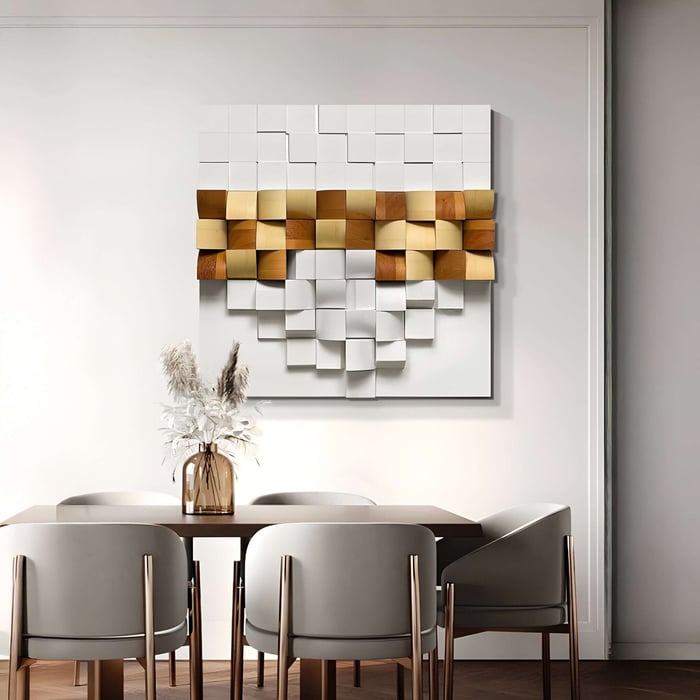
Integrating Wood Art into Your Interior Design
To make the most of wood art in your home, consider the following tips:
Placement and Lighting:
- Hang or display the artwork where it can be appreciated without obstructing traffic flow.
- Use accent lighting, like adjustable track lights or spotlights, to highlight intricate carvings, textures, or colors within the piece.
Scale and Balance:
- Large wooden murals or panels suit spacious living rooms or open-concept areas, while smaller sculptures or relief carvings can enrich a home office or bedroom.
- Balance the proportions - pair a substantial wooden piece with similarly bold furniture to avoid visual imbalance.
Color Palette and Material Harmony:
- Warm wood tones complement neutral and earthy color schemes, while lighter woods can brighten darker palettes.
- Combine wooden art with other natural elements (stone, plants, textiles) to reinforce a calm, organic atmosphere.
Mixing Styles:
- In eclectic interiors, blend modern and traditional woodworking pieces to showcase contrast. A sleek, laser-cut panel can look stunning near a hand-carved, antique armoire.
- Pair architectural wood sculptures with minimalist furniture to let the piece shine as a conversation starter.

Preserving and Maintaining Wood Art
Wood art, as with any treasured interior piece, requires care to maintain its beauty:
- Environmental Factors: Keep your wood art away from direct sunlight and extreme humidity shifts that can cause warping or fading.
- Cleaning Routine: Dust regularly with a soft, dry cloth. For intricate details - like carved feathers or floral petals - use gentle brushes or compressed air to remove debris without damaging the finish.
- Sealing and Finishing: If your artwork is near windows or in higher humidity rooms (bathrooms, kitchens), applying or refreshing protective finishes ensures longevity.
- Inspection: Occasionally check for early signs of cracks or pests; prompt attention preserves both your artwork and your interior space’s overall look.
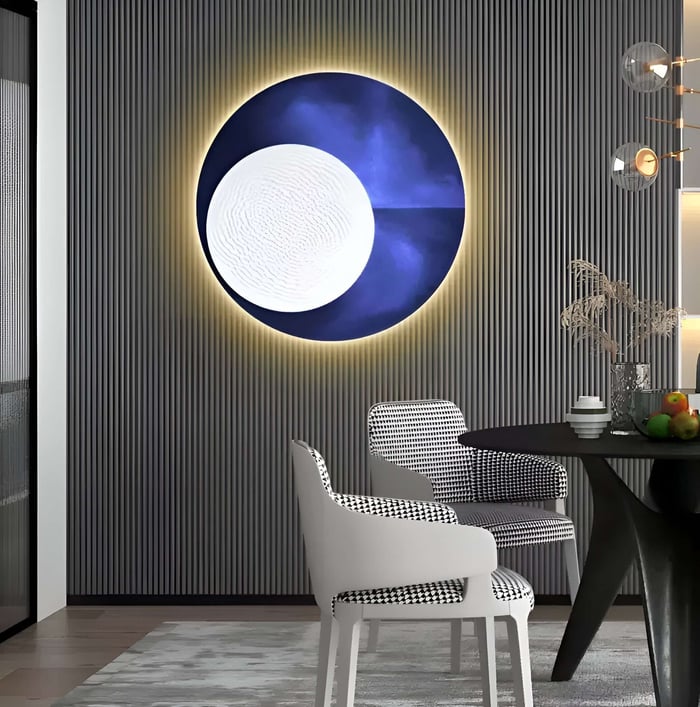
Technology and Innovations in Wood Art
Modern technology has expanded the possibilities for incorporating wooden art into sophisticated interior designs:
- Laser Cutting & CNC Machining: Complex patterns or large-scale installations can be produced quickly and with extraordinary precision. This opens the door for geometric wall panels, custom screens, or repetitive motifs ideal for modern or avant-garde interiors.
- Digital Modeling & 3D Design: Artists can conceptualize and refine pieces virtually, ensuring the final work fits seamlessly within the intended space - whether that’s an expansive commercial lobby or a cozy reading nook.
By merging tradition with innovation, artisans create wood art that resonates with diverse aesthetic tastes. The warmth of hand-carving meets the crisp lines of digital design, ensuring that wood remains a go-to choice for anyone seeking character, sustainability, and timeless charm in their interior decor.
